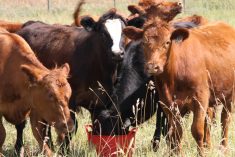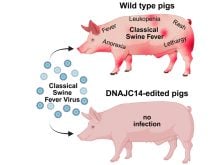Country-of-origin labelling is part of the cost of doing business for
beef and pork exporters dealing in Asia.
“The system has been in place for decades in the case of labelling
imported meat versus domestic,” said Ted Haney of the Canada Beef
Export Federation.
The exceptions are products such as ham and sausages, which are
designated as products of the processing country. Little ground beef is
sold, but where it does appear, retailers separate it from domestic
Read Also

The Western Producer Livestock Report – November 6, 2025
Western Producer Livestock Report for November 6, 2025. See U.S. & Canadian hog prices, Canadian bison & lamb market data and sales insights.
product.
However, mislabelling did occur until bovine spongiform encephalopathy
was diagnosed in some Japanese cows.
This food safety scare forced the government to enforce its laws
stringently and several firms went bankrupt.
For example, the law said only domestic meat could be sold to the
school lunch program, but some companies used cheaper, imported
product. One Canadian customer went bankrupt when it was charged with
mislabelling product.
Labelling has helped build a positive image for Canadian meat in Asia,
but that would not likely be the case in the United States.
“(COOL) requirements have helped encourage the emergence of the
awareness of the (Canadian) product,” Haney said.















